The Dark Corner/1946/Twentieth Century Fox/99 min.
If you know Lucille Ball from “I Love Lucy” and other TV shows, she may seem an unlikely noir actress. But before she played the zany wife of Cuban bandleader Ricky Ricardo, Ball was the Queen of B Movies. In “Dark Corner,” she stars as Kathleen, a perky secretary with a crush on her boss, NYC private eye Bradford Galt (Mark Stevens). It’s a solid noir with spot-on direction from Henry Hathaway and superb cinematography from Joseph MacDonald, both of whom were A-list talent.
Brad, equal parts Marlowe and Milquetoast, is appealingly human because we see chinks of weakness under his tough-guy exterior. Like many noir heroes, his past comes back to haunt him. Fittingly, his “ghost” is a heavy in a white suit named Stauffer (William Bendix) who seems to be on the payroll of Brad’s ex-partner, lusciously Nordic-looking Tony Jardine (Kurt Kreuger).
There’s bad blood with Tony because he framed Brad for a crime he didn’t commit, which led to jail time. But Tony, now more gigolo than gumshoe, is merely a puppet; pulling the strings is an effete, silver-haired art dealer named Hardy Cathcart (Clifton Webb). The lovely Mrs. Cathcart (Cathy Downs) is a patron of many arts, including a dalliance with Tony.
As Brad’s life becomes more of a nightmare, chipper and ever-loyal Kathleen is there to help him get to the bottom of the mess. What’s in it for her? If she’s lucky, maybe some nylons and a trip to the altar at the end assuming Brad can get out from under his fate.
Destiny, darkness, persecution, paranoia, surface vs. reality, existential angst, the depravity of high society, ie rich, folk – all these classic noir concerns are nicely woven into “The Dark Corner.” Much of the unease and tension is conveyed by Hathaway’s crisp direction and MacDonald’s moody visuals, especially the intense shadows and high contrast MacDonald creates with one dominant light source, such as a lamp on a desk.
This master lensman also worked on “Call Northside 777” from 1948 and 1953’s “Niagara” (both directed by Hathaway) as well as “Panic in the Streets” (Elia Kazan, 1950), “Pickup on South Street (Sam Fuller, 1953) and John Ford’s 1946 Western masterpiece “My Darling Clementine.”
Jay Dratler and Bernard Schoenfeld wrote “The Dark Corner” script based on a story by Leo Rosten. As film noir writers James Ursini and Alain Silver point out in their fine DVD commentary, Dratler also worked on Fox’s 1944 noir hit “Laura” by director Otto Preminger. Webb acted in both films, in “Dark Corner” essentially reprising his earlier role, a wonderfully decadent uppercrust character obsessed with Gene Tierney as Laura.
These writers give us some classic noir lines, such as “I could be framed easier than Whistler’s mother” and “I feel all dead inside, backed up in a dark corner and I don’t know who’s hitting me.” [Read more…]

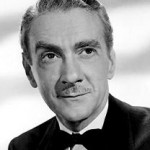





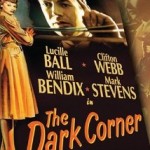
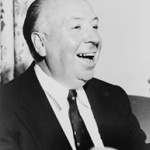
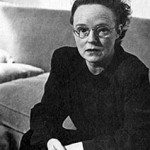
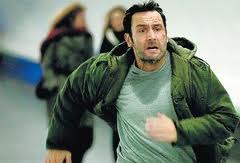
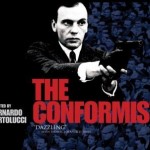
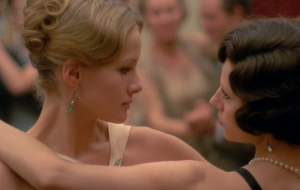
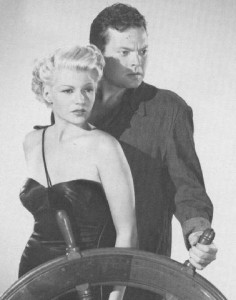
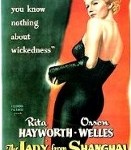
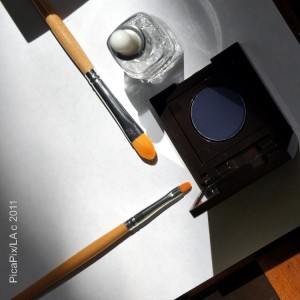
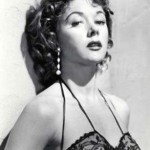





From FNB readers